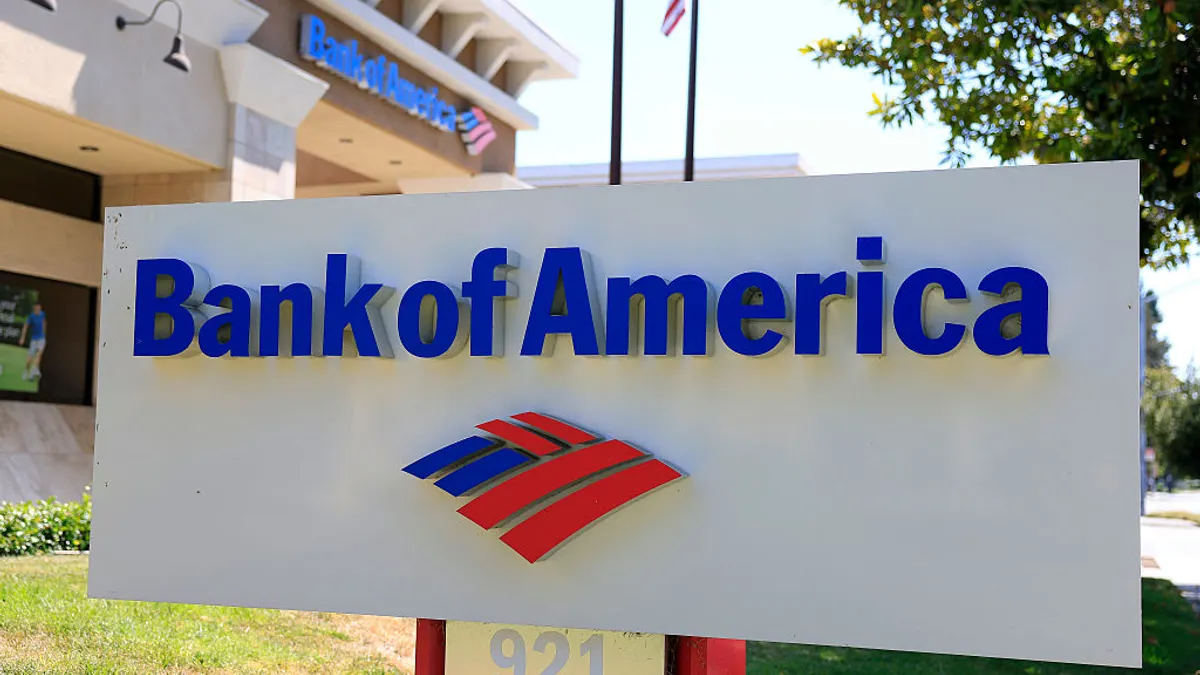The Federal Reserve Board has begun “reviewing and removing references to reputation and reputational risk from its supervisory materials, including examination manuals,” the central bank said Monday.
The regulator joins the Office of the Comptroller of the Currency and the Federal Deposit Insurance Corp. in scrubbing such language from the collective vernacular.
FDIC Acting Chair Travis Hill said in March his agency completed a review of all mentions of reputational risk and similar terms in its policy documents and “plans to eradicate this concept from our regulatory approach.”
“While a bank’s reputation is critically important, most activities that could threaten a bank’s reputation do so through traditional risk channels (e.g., credit risk, market risk, etc.) that supervisors already focus on,” Hill wrote. “Meanwhile, ‘reputational risk’ has been abused in the past, and adds no value from a safety and soundness perspective as a standalone risk.”
Republican lawmakers have led the push to root out reputational risk as a regulatory flag, arguing it has prompted some institutions to de-bank individuals and companies that lean conservative. President Donald Trump ignited a broader conversation on the topic when he accused Bank of America and JPMorgan Chase of de-banking conservatives during an appearance at the World Economic Forum in Davos, Switzerland. Both banks have denied the claims.
But the narrative spurred legislation in both the Senate and the House, aimed at eliminating reputational risk as a metric regulators would use to gauge the safety and soundness of banks.
The Fed, in its release Monday, said it would replace references to reputation and reputational risk, where appropriate, “with more specific discussions of financial risk.”
The central bank’s examiners will be retrained “to help ensure this change is implemented consistently across Board-supervised banks and will work with the other federal bank regulatory agencies to promote consistent practices, as necessary,” the Fed said.
However, Fed-supervised banks are free to “use the concept of reputational risk in their own risk management practices,” the central bank noted.
“This change does not alter the Board's expectation that banks maintain strong risk management to ensure safety and soundness and compliance with law and regulation,” the Fed added.
At least one trade group said it “welcome[s]” the Fed’s shift in supervisory priorities.
“We have long believed banks should be able to make business decisions based on prudent risk management and the free market, not the individual perspectives of regulators,” Rob Nichols, CEO of the American Bankers Association, said in a statement Monday. “This change will make the supervisory process more transparent and consistent while enabling banks to better meet the needs of their customers, clients and communities.”
The Bank Policy Institute, in a March statement, likewise touted increased transparency as a positive consequence of dispatching with reputational risk, adding that bank exams should be “grounded in objective legal standards.”
Konrad Alt, a co-founder at financial services advisory and investing firm Klaros Group, called reputational risk “a second-order problem.”
“It’s much less measurable, it’s much less concrete, it’s just too squishy,” Alt said in March, adding that the metric makes for less effective regulation.
Reputational risk generally falls under the "management" component of CAMELS (capital adequacy, asset quality, management, earnings, liquidity and sensitivity to market risk).
However, Graham Steele, a Biden-era Treasury Department official, argued reputational risk “is very rarely the sole basis upon which an agency would expect a bank to correct its behavior,” according to Bloomberg.
During February oversight hearings in front of Senate and House lawmakers, Fed Chair Jerome Powell pledged to remove reputational risk from evaluations connected to its master account policy, adding the central bank would take a "fresh look" at the metric.
Monday’s update came hours ahead of Powell’s appearance Tuesday in front of the House Financial Services Committee.
Specifically, the Fed amended two supervision and regulation letters it issued in 2021. Mirroring Hill’s comments, the central bank said management considerations should be incorporated into other categories of risk, including credit risk, market risk, liquidity risk, operational risk and legal risk.





















